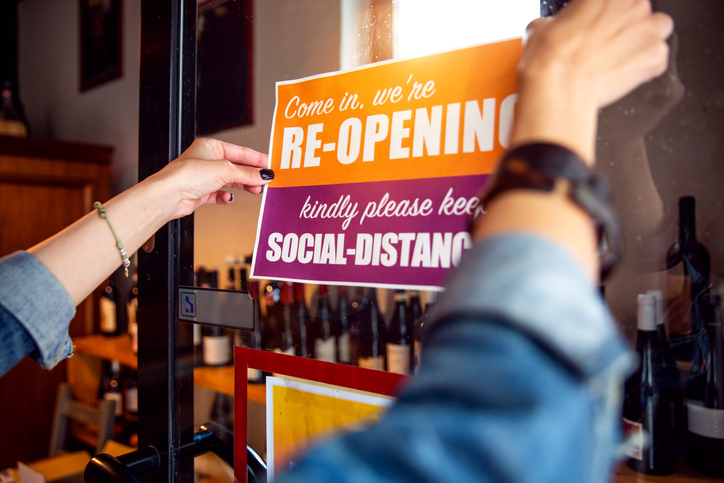Based on our detailed tracking of the tech news media over the past three months, Swyft now believes that there are four discrete phases of a COVID-19 communications strategy.
For tech startups and mid-sized enterprises looking to maintain their reputations, continue growing their brand awareness and prepare for post-pandemic revenue opportunities, we are now sharing with a quick synopsis of the four phases as you seek to develop your own company’s successful COVID-19 communications strategy.
Reputation
By now, every company in the U.S found itself confronted with how to manage their reputation in the face of COVID-19. The smart ones already had a crisis communication’s plan in place to ensure the right information was captured and communicated to key stakeholders as often as possible. Many, however, were caught off guard. And most failed to anticipate the magnitude of the pandemic’s ultimate impact on everything from business continuity issues to work from home (WFH) requirements.
All companies are still in the process of managing the COVID-19 crisis. While the need for crisis communications is less pressing, it will continue for months to come.
Companies must be ready (e.g., holding statements, templatized press releases, crisis management team meetings) to address topics ranging from business losses and work-from-home changes to employee virus infections and supply chain interruptions. Where appropriate, the media will have to be informed in order to prevent news leaks that could lead to reputational damage, say in the case of a significant reduction in force.
Want to talk to a Swyft about your COVID-19 communications strategy?
Click HERE to leave us your name and email.
Revise
For many startups, deciding how to engage with the media during this stage has been full of uncertainty and hand-wringing. Swyft’s research on the tech news industry’s coverage of COVID-19 proves that the most popular tech news outlets are, in fact, still writing about technology companies with respect to the virus. Most of the coverage falls into four main categories: Adaptation, Innovation, Economic Impact and Corporate Citizenship.
During this stage, many startups formed teams to quickly decide on what company-wide initiatives were still viable, how much to trim from budgets in the short term, how to implement a WFH strategy, and many other urgent operational items.
All of these changes had to be reflected in the company’s marketing communications at break-neck speed in hopes of mitigating COVID’s impact on revenue and profits. From a communications perspective, decisions had to be made about how campaigns would be impacted by changes ranging from product launch delays to canceled trade shows. In some cases, staff levels had to be reduced and / or budgets for outside PR firms trimmed.
Rebuild
In almost every case, tech startups now have to do more with less. Many have been forced to do a round of layoffs as they seek to preserve capital and better align their cost against new revenue targets.
Many questions come to mind at this stage:
- What is the new budget and product strategy moving forward?
- How do you accomplish the change in strategy given your new level of resources?
- What tools will best serve your needs as you look to deploy your marketing and communications campaigns in a WFH world?
In terms of media outreach during a prolonged pandemic-led news cycle, decisions must be made regarding what constitutes your best shot at not only winning news media coverage but also managing to highlight your innovations, accomplishments and business goals.
With respect to tools, video interviews are now the norm. That means executive spokespersons have to be trained for remote interviews, familiar with professional posture and attire, able to stay on message in rooms with good acoustics.
Rebound
There’s been a lot of talk about a potential post-pandemic rebound but nobody knows what that will ultimately look like or when it will take place. One thing is certain, your competitors will be targeting the same buyers as you, and the volume of business won’t likely be as great as it was before the pandemic for quite some time.
Your communications activities should be nearly as robust as they were before the arrival of COVID-19. Reason being — the media will be devoting more and more ink to traditional tech news announcements. Your ability to fill that void with your stories will position your company top-of-mind among buyers, influencers and future investors. Even better, overall traffic to tech news outlets is up by as much as 30% compared to pre-pandemic traffic, which translates into greater brand visibility.
Bottom-line, your startup’s ability to rebound will correlate closely with its ability to align with quickly evolving marketing objectives. Only then will you start growing brand awareness and boosting demand for your products in a post COVID-19 world.

